1991 Schwinn Voyageur
The Schwinn Voyageur, undoubtedly a workhorse touring steed. The 80s were so good to the model. The 90s… not so much.
I have a long history with the Schwinn Voyageur. It has a soft spot in my heart as “the one that got away”.
In 2011 I had just turned the corner on becoming a full-time bike commuter in Portland Oregon, purchased a stunning 1991 Schwinn Voyageur, a set of gray and black matching Ortlieb Back-Roller panniers and was doing just fine getting around the city on two-wheels. Then, I was struck at a 4-way stop by a Nissan Sentra. My body was banged up but the Voyageur dutifully took the brunt of the hit and the steel bent where it needed to, saving me but ruining the frame. Its time was cut short and I moved on to other bicycles but as years clicked by, the itch of my Voyageur finality needed to be scratched. Finding an exact size and year replica, I built this rig just a little differently than the previous incarnation.
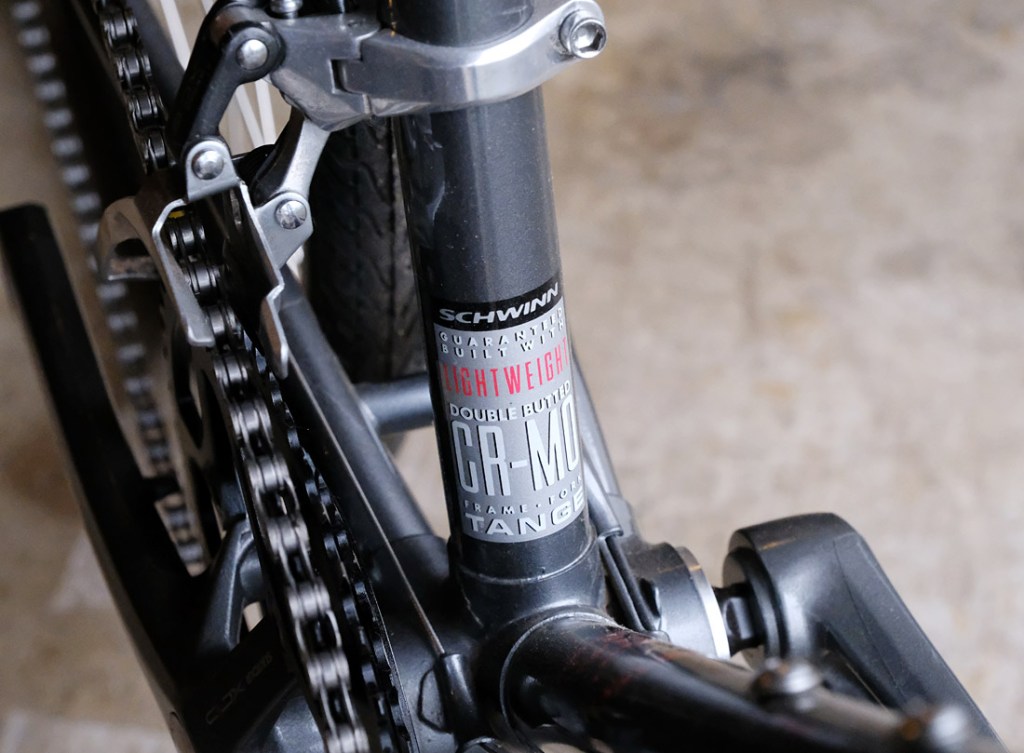
Nothing significant, other than steel type, answers my curiosity on why the overall lack of interest in the ’90-91 Voyageur models.
Tange Gets a Bad Rap
Before diving into the build, I am compelled to note some peculiarities of this era (’90-91) year of Voyageur.
In 1989 the Voyageur had comfortably been on a multi-year production cadence with Columbus tubing and, for the most part, a Shimano drivetrain. All was right in the world. Life was just fine. Then, the calendar struck 1990 and all hell broke loose. The Voyageur was different. No longer was it made from the safe and comfortable Columbus name. Now, stickers taking up inches of vertical ad space adorned the seat tube proclaiming Japanese Tange steel. Furthermore, all Shimano componentry was replaced, reverting back to the sibling rival of SunTour. Something that hadn’t been standard on the Voyageur since dabbling in it during the mid-80s. The bike community, to this day, seems to have dismissed these post-90s builds, coveting mainly their Columbus forefathers. My only proof of this is due to how many Columbus-built Voyageur’s I see restored, reported on and lusted after as compared to their Tange brethren, which I see very few. Is it the steel that is the desirable factor? Columbus Tenax is butted CroMo. It’s just a name brand. It was a thicker, heavier, less expensive tube set compared to their high end SP and SL tube sets (which are also CroMo). On a touring bike the heavier tube set is a good thing since they were meant to be tougher and stiffer when carrying a heavy load. Sure, the 1990 model put on a hefty 2 pounds of extra weight with Tange steel but on a touring frame or heavy duty commuter, how much does this really matter?
I’ve not been able to crack the code on this perhaps, self-perceived blacklisting even by searching through websites, owners’ comments and general research. Nothing significant, other than steel type, answers my curiosity on why the overall lack of interest in the ’90-91 Voyageur models. Could the name brand recognition truly be what keeps the Columbus models so much more desirable than the Tange line? Or perhaps it was the leap from Shimano to SunTour?
Below a comparison chart, created by Sandro Fouche, shows the specs of the various Voyageur models from 1980 to 1991. Maybe the answer to desirability is decoded within the numbers and components?
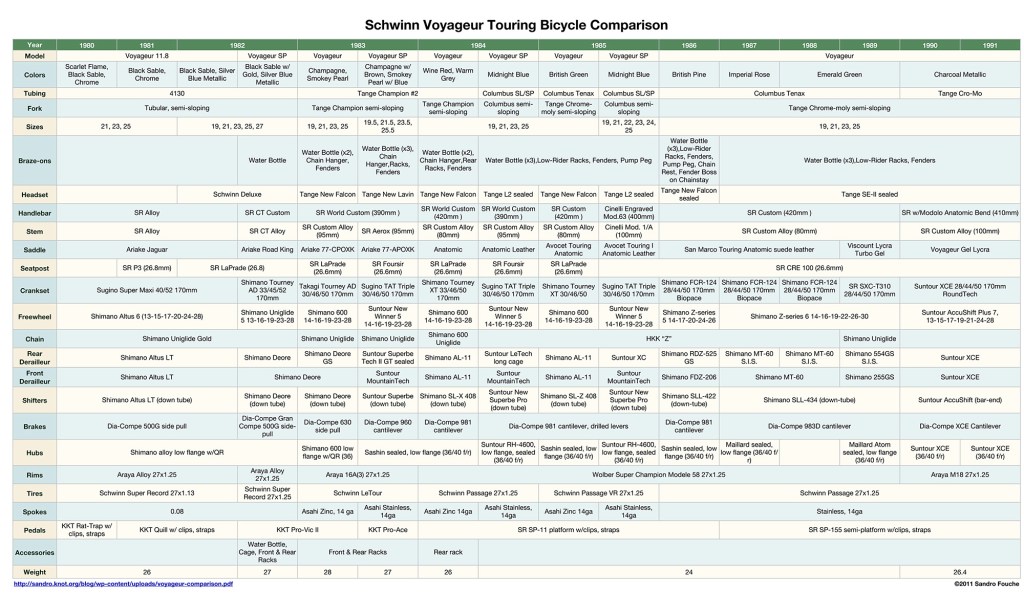
SunTour Purity
With the Tange topic off my chest, let’s get on with the build.
I wanted to keep the drivetrain from the same country the frame was manufactured, plus a SunTour drivetrain was what this model was originally equipped with, so why rock the boat? This also gave me the opportunity to get back to the intriguing, and eccentric, SunTour Accushift Command shifters mated to an indexed SunTour 7-speed system. Command shifters could be considered a first attempt at a “STI” (Shimano Total Integration), or “brifter”, setup. Meaning, a gearshift system that combines the braking and gear shifting controls into the same component. This isn’t exactly that but it is a way for one to shift gears without removing a hand from the bars as compared to a downtube shifting system. Years ago I rode with this style of setup and enjoyed it immensely. I’ve been interested in trying it out again. Now was my chance.
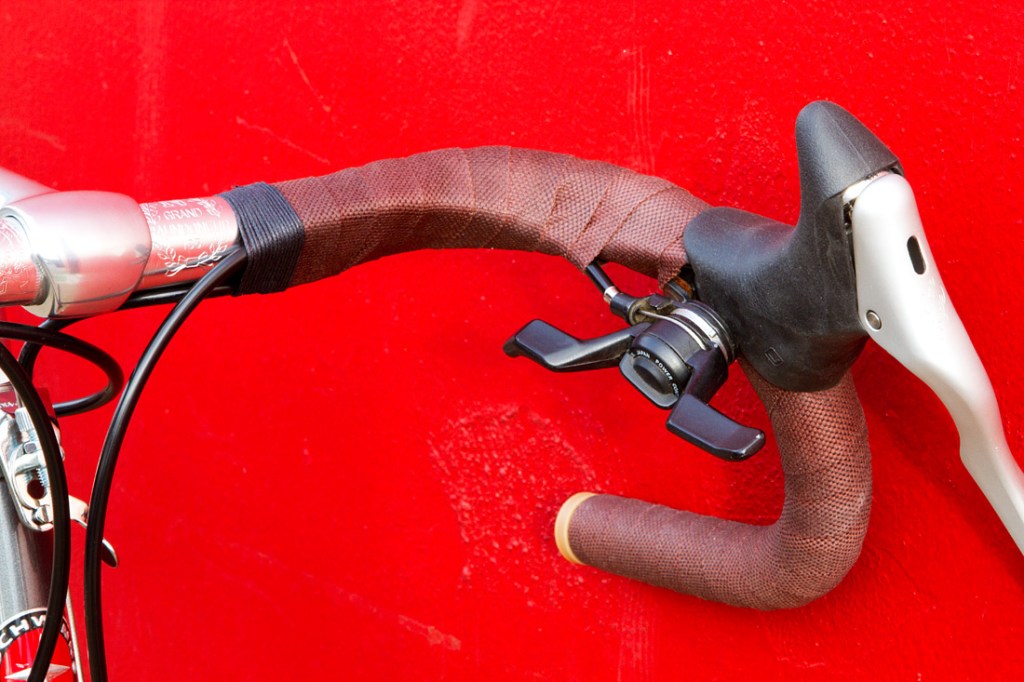
It didn’t take many turns of the wrap to understand why Brooks pulled the original Cambium tape from the shelves.
One of the issues with the Command shifters was that the clamps and integration of the cables isn’t exactly a graceful transition. Wrapping bars with this shift style is clunky and challenging enough so having the best bar wrap, with plenty of give and padding is helpful for a clean, final product. At the time, I didn’t realize I went completely against those rules by seeking out the quickly discontinued Brooks Cambium bar tape to match the C17 rust colored Cambium saddle. It didn’t take many turns of the wrap to understand why Brooks pulled the original Cambium tape from the shelves. It is thin, stiff, has no stretch and has an irresistible urge to not lay down smoothly, even on a straight bar, let along the drops or once in contact with cables. Sure, it matches the saddle but everything else about it, from the extra rough feel to the harsh creases, is a major turn off. I’m certain I’ll replace it as quickly but it would be incredibly wasteful to remove it without at least putting on a few hundred miles on it… assuming it doesn’t unwrap or shred my gloves first.


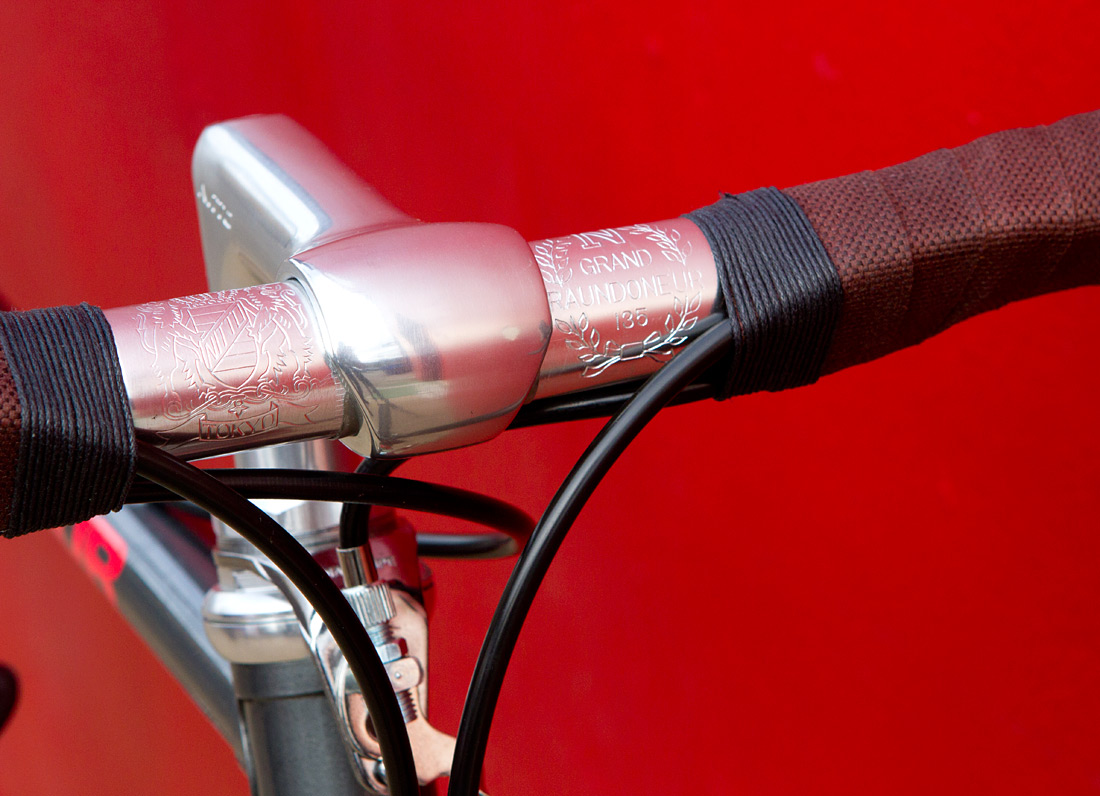
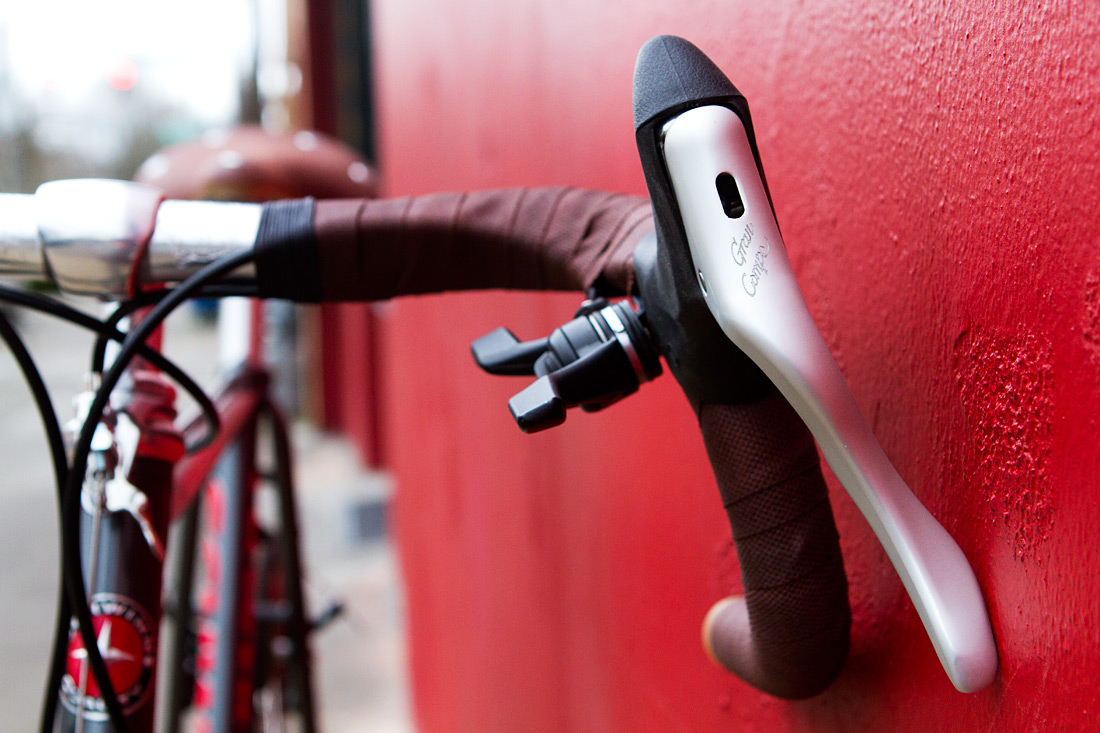
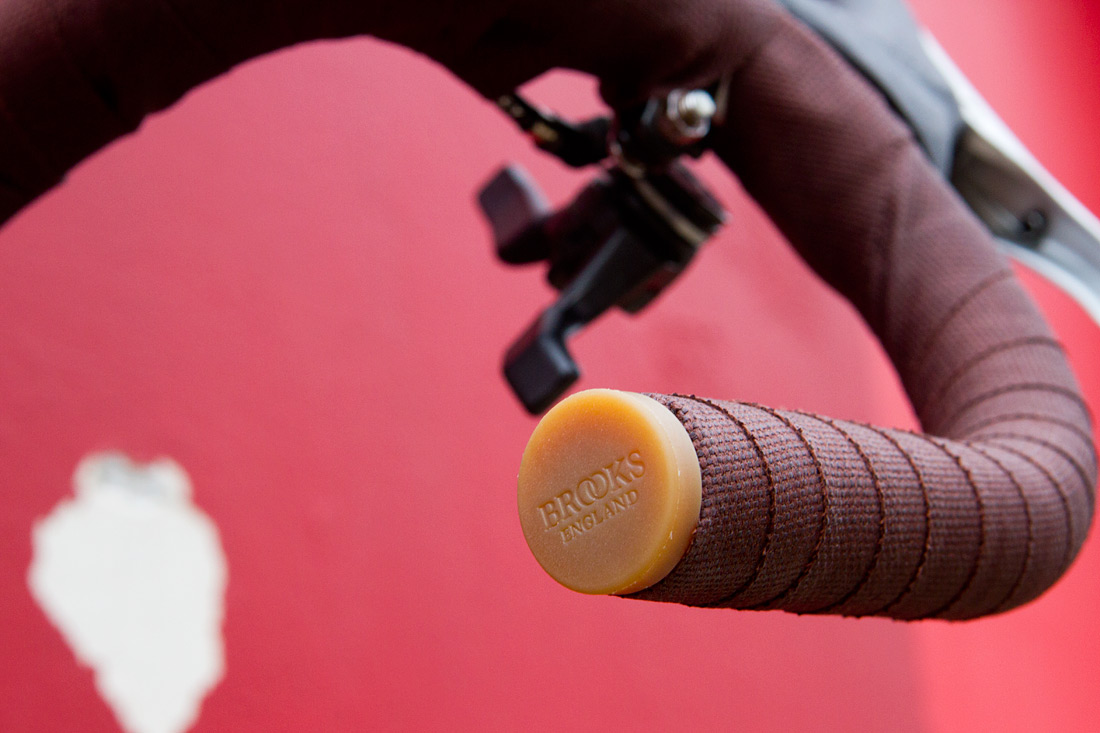
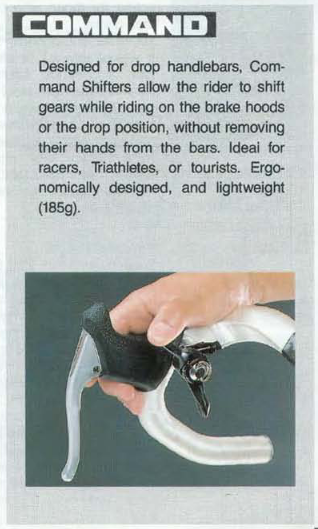
Converting to Stay Relevant
Like many touring bikes from the 80s, the fork is the linchpin in allowing for any mild modernization. I wasn’t able to source any modern cantilever brake sets that would work where the brake posts typically rest on the stock fork as the distance between the cantilever studs are much too narrow. But, by altering the fork cantilever spacing, this opens up a small, yet significant world of new possibilities. Numerous modern brakes with strong spring pull and excellent adjustability become available. With the vestige of the previous cantilever posts now altered, I broke the SunTour groupset by going with Paul’s powerful, and highly regarded, Touring Canti. With the arms angled upward, it gives the brake a much narrower profile without significantly reducing stopping power. Plus, those black calipers are just dynamite looking on graphite and black build like this.


Post spacing also allows for a 700c wheel conversion to be easily achieved. And until some resurgence comes for the 27” tire arrives, which I don’t see happening, tire options for 27” are lukewarm at best. 700c just makes sense. So, I mated the NOS SunTour XCE hubs to the strong and mighty Mavic Open Pro ceramic rims, absolutely adequate for many miles and heavy loads.

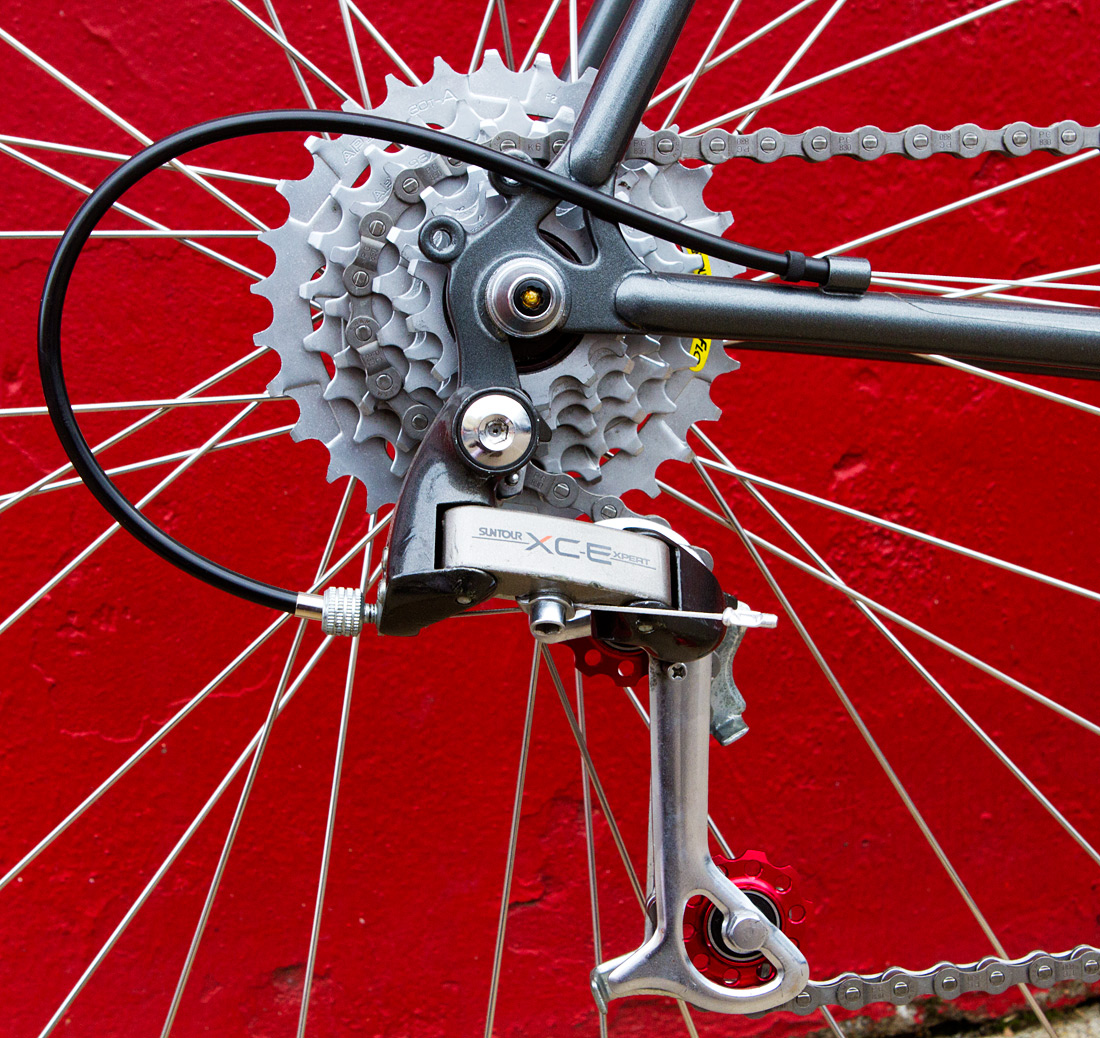
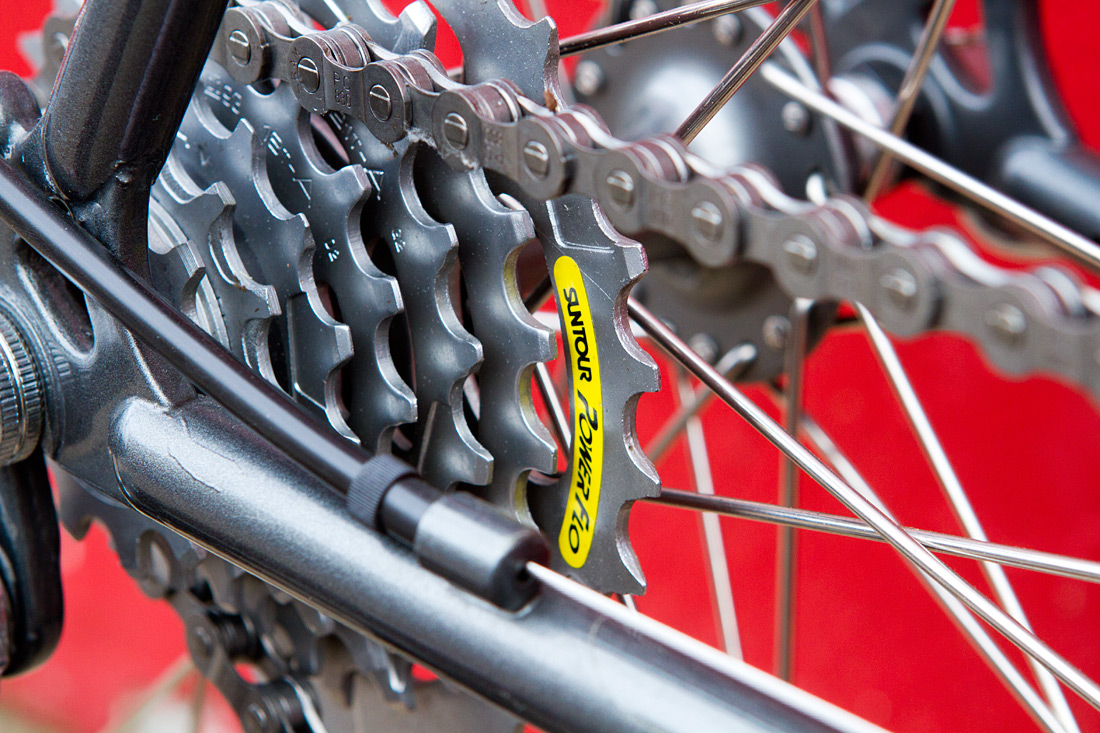

By the late-80s and early-90s, the model reached peak road touring era machinery, just before top tubes started sloping.
Built for Roaming
When I purchased my original Voyageur so many years ago, I had just entering the world of vintage touring machines. I didn’t know even a quarter of what I do now but what I did instinctively understand was that this bike meant business. It is clear this frame is built to go the distance for longer than one could hold out. The Voyageur has had that reputation since its early 80s days as the “Voyageur 11.8”. And by the late-80s and early-90s, the model reached peak road touring era machinery, just before top tubes started sloping. It had proved, years ago, to be serious distance bike, well-made with double tough, high-quality steel tubing (that goes for Columbus or Tange) and coming stock with touring-specific components ready to get you there and back. You want racks? No problem. Lowboys, Randonneur and rear cargo racks could all fit harmoniously along with dedicated eyelets for your fenders as well. To elevate the model even further, from 1986 to 1991, the Voyageur was sourced from Panasonic in Japan. “Schwinnasonics”, if you will. With the change, some would say that the build quality also jumped up.
Now, thirty years later, we are seeing incredible strides in what it means to be a touring rig. The comparison between then and now is simply too vast to even begin correlating. But there are a still a small number of modern, non-custom frames out there that look and perhaps even rides like the golden era of the Voyageur. I’m certain they have the chops to hold their own as heavy haulers but there is something special about those final years of Schwinn, when they were still juggernauts of distance riding, when Japanese precision was baked into the soul of the frame, before the company was chopped up and sold to the highest bidder, where all was right in the world and life was just fine. That is the era where I enjoy dwelling. And after a decade of being removed from that Schwinnasonic world, I am delighted to finally be back.
Color: Charcoal Metallic
Frame Size: 59cm (C-T) seat post & 58cm (C-C) top tube
Frame/Drop-outs: Tange Double Butted CroMo; SunTour
Fork: Tange Double Butted CroMo
Bars: Nitto B135 Grand Randonneur
Bar Tape: Brooks Cambium; Rust with Brooks rubber bar end plugs
Stem: Nitto Dynamic
Headset: IRD Techno-Glide
Saddle: Brooks Cambium C17; Rust
Seat Post: Strong NS-1 Micro
Crankset: SunTour XCD; Dimension 50/42/28; 170mm
Front Derailleur: SunTour XCE
Rear Derailleur: SunTour XCE Expert; Velo Orange Grand Cru sealed jockey wheels
Shifting: SunTour Accushift 7-speed Command
Brake Levers: Dia-Compe EVO
Brake Calipers: Paul Touring with Paul Moon Unit straddle cable carriers; Kool Stop ceramic pads
Cable and Housing: Jagwire L3; Black
Cassette: SunTour PowerFlo 7-Speed (12/14/16/18/21/24/30)
Chain: SRAM PC-830
Hubs: SunTour XCD
Wheels: Mavic Open Pro Ceramic; 700c; 36 hole; SunTour skewers
Tires: Pasella Tourgaurd; Black; 700×32
Pedals: Crank Brothers Candy 3; Black
Special Features: Double eyelets front/rear; Two bottle mounts; Brazed-on mounts for front/rear rack; Pump peg; Chain rest; Fastback seatstays
© Josh Capps and The Simplicity of Vintage Cycles. Unauthorized use and/or duplication of this material without express and written permission from this site’s author and/or owner is strictly prohibited. Excerpts and links may be used, provided that full and clear credit is given to Josh Capps and The Simplicity of Vintage Cycles with appropriate and specific direction to the original content.






I LOVE THIS BIKE! vertical drop outs, braze ons all over, lots of eyelets canti lever brakes and of course you did a wonderful job on the bike Josh!
The color combo is sweet!
You are too kind, Bruce. Thank you!
It’s a joy to ride and once fenders are installed (I’ll update the post with images), it’ll be easily prepared for the type of weather we receive here in the Pacific Northwest.
Glad to see that you are still at it Josh. It has been a while since I’ve seen your work! Another nice job on this one!
Sometimes it seems hard to find alternatives to common classic items like leather saddles and down-tube shifters and so we try out other components like you have here. It doesn’t always work out but it is usually worth a try. I’ve tried to like Cambium saddles but they just don’t love me. I still have a couple of them on bikes that I don’t ride much but more for aesthetics than function. I have not ridden with Suntour Command shifters but the cable routing issues might be enough to put me off them. I do like Suntour components overall however.
I have ridden many thousands of miles on Mavic Open Pro rims over the years. These days however I prefer a slightly wider cross section in a rim and have tried many of them out there (both vintage and new) on my projects. There simply are more good choices out there than there used to be.
My final comment is that you are letting the cat out of the bag about some lesser regarded bike lines actually being great riders. If you are not careful you are going to drive up the price on those and then where will we be?
It’s true. It has been awhile since I put out my own original content but I have a non-COVID related reason. What I haven’t broadcast on my site, since there really is no graceful or prime area to alert readers, is that in 2018, my wife and I celebrated the birth of our first child. Since then, vintage bike restoration has taken a bit of a back seat. That may also be a bit of an understatement. Also complicating the matter was that we moved from our 15-year residence in Portland, Oregon to the incredible community of Corvallis, Oregon. It was a wonderful leap that I am grateful for, but it’s been slow going getting the bike shop back up and running.
So, that’s my story and why I’ve been so quiet.
Jumping back to the post, you make some excellent points. Cambium has been OK to me as a saddle but abysmal as a bar wrap. I won’t make that mistake again. The Command shifters are novel and it’s exciting to get back to them. But we’ll see if it was just a phase. So far, I’m a fan. But, really, the cabling is very messy, even when it’s done right.
As for spilling the beans on the hidden gems, I’ve thought about that too. My statistics show people come to the site looking for pricing and how “good” a bike is. I never give prices on what I think a bike is valued, even when directly emailed, but I certainly have highlighted some bikes in the past that may have been looked over otherwise. Luckily, there are still many bikes out there. And as a teaser, I have one I’ve been holding onto for years, that could potentially be the ultimate touring juggernaut. Eclipsing all others I’ve reported on in the past (with exception of the Raleigh Portage). I’d pit it against the last, most modern Miyata 1000 in a hot minute. It’s a phenomenal, totally under the radar, yet somewhat rare frame. I bet you’ll never guess what it is! 😉
Your Voyageur is beautiful! I like the thought you put into the build and the choices you made. What a nice way to honor the heritage of your original 91. I’m a fan of the Schwinnasonics too. I have an 82 Voyageur SP, an 83 SP, an 84 Voyageur and an 86 Voyageur. You might say I’m a fan. I did a lot of touring in the 70’s and 80’s and these bikes were the best for the money, in my opinion. Nothing like them since! I didn’t realize the early 90 version was still a good bike too. Like your blog posts!
Thank you for the kind remarks, Harry. You, clearly, also were bitten by the Voyageur bug. And why not? Great value, solid ride, bulletproof groupsets and made to go the distance.
Enjoy your fleet of fine machines, Harry!
Yeah, there’s something about that mid-’80s to early-’90s era of touring bikes. While definitely built to handle stuff, they’re a bit more sprightly than what came after. (I mean, the catalog photo has the bars below the saddle!) I never had one and don’t know if I’d ever get one, as my bike interests have diverged a bit from this (I like wider tires than what was possible with these frames.) Finding specimens at decent prices is scarce. But if one came by at just the right price…
Good catch on the “sprightly” positioning! The ride really is agile though. It’s got more of a sport touring feel rather than beefy, all out touring… even if it is a hefty 26 pounds!
Thanks for this excellent recap of this bike’s journey. Glad you will be enjoying the fruits of your labor. Enjoyed your earlier account of rebrazing and repainting the fork. Looks fantastic.
It took a decade to finally get here but I’m pleased with the results. The fork modifications and painting was a fun journey as well. I’ve considered dabbling in painting before but I just don’t think I have the chops for it. This helped really close that door.
It’s always a pleasure to receive your comments. Thanks for your thoughts, Nola!
Well Done!! Someday I’ll get my hands on some Suntour Command!!!
Now that we’ve arrived at where we are with shifting advancements, it’s fun to ride with pre-STI style shifters. You can almost feel exactly where the end result was going to be (on the brake levers). Even so, they really are a brilliant solution for not having to take your hands off the hoods yet keeping with shifting simplicity.
Josh, did you ever install fenders? If I might ask, will the frame accept 35s? 32s with fenders?
Thanks,
John Bokman
Portland OR
Hi John,
I had all intentions of installing fenders but ceased heading down that path due to other projects and priorities. So, nothing was sourced.
As for tire size, there is 5mm, maybe 6mm, left between the rear tire and chainstay. I suppose the answer is, how close would one be willing to cut it?
Feel free to reach out to me directly if you have more questions, John. My contact is on the left hand navigation bar near the top of the page.
I have the 1990 Le Tour that’s just below the Voyageur in the brochure. It’s not super light, but it has a liveliness that no modern carbon wonder bike can match. Plus it fits 28s just fine.
Hear hear, Nathan!